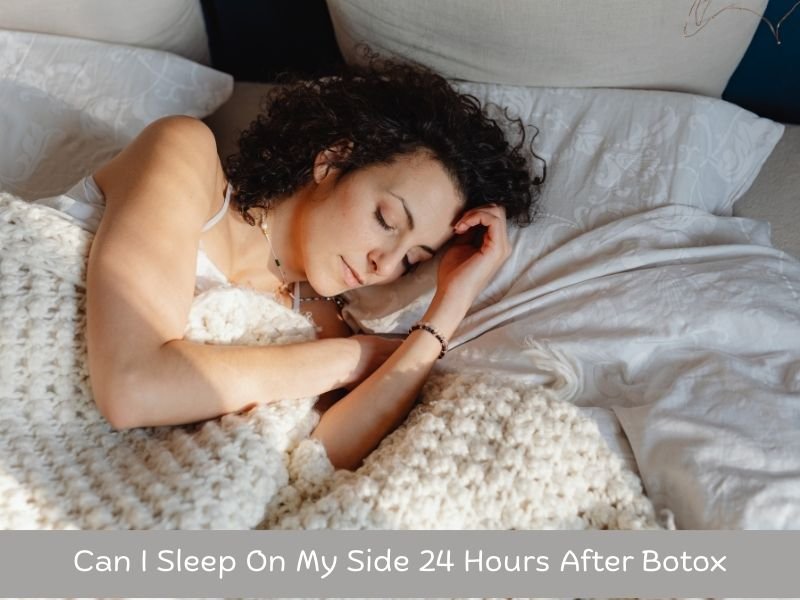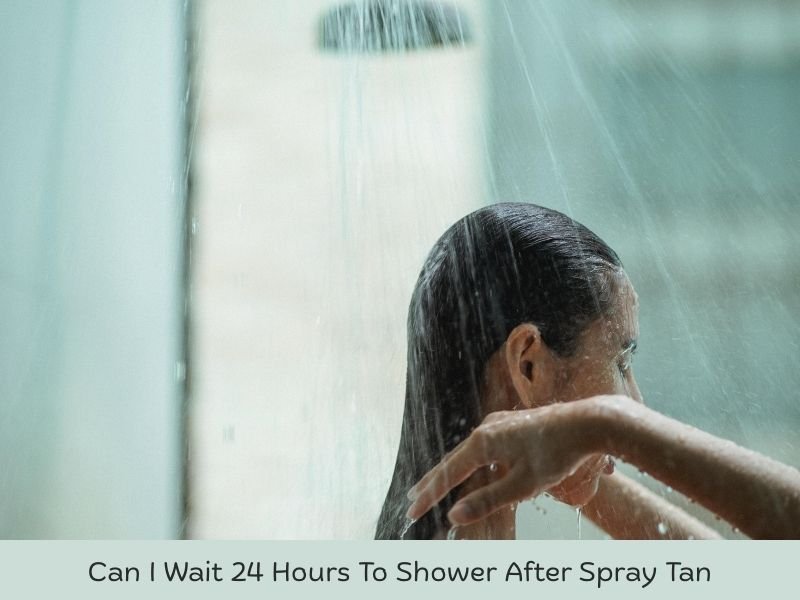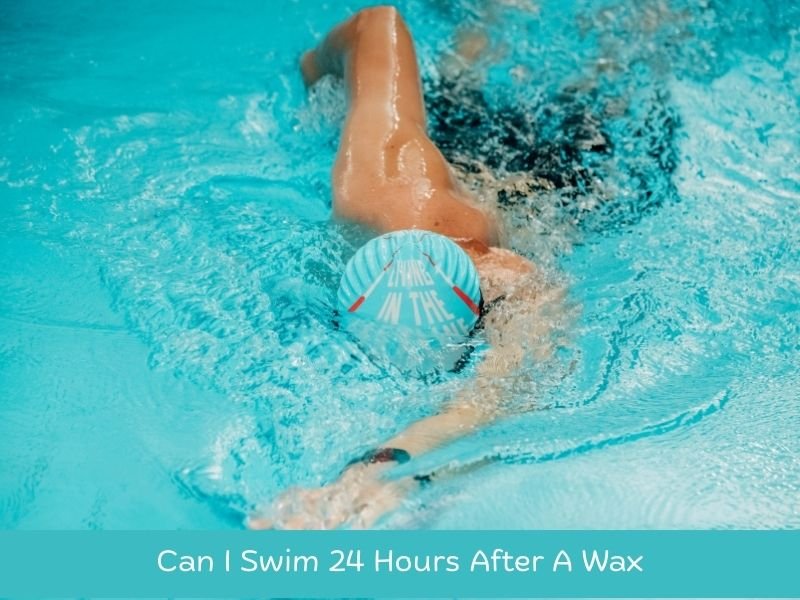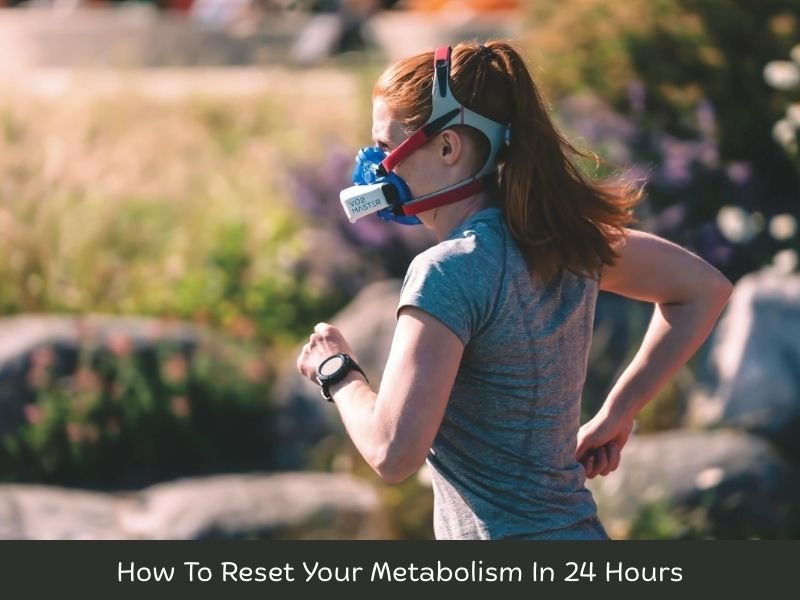If you’ve recently had Botox—or are planning to—one of the most common questions that arises is: “Can I sleep on my side 24 hours after Botox?” While Botox is a quick and relatively painless cosmetic procedure known for smoothing out wrinkles and fine lines, the aftercare is just as important as the treatment itself.
Surprisingly, how you sleep plays a bigger role in Botox results than many realize. Your sleep position, especially in the first 24 hours, can influence how the product settles into your muscles. Should you lie flat on your back, or is it okay to roll onto your side? These questions are crucial for anyone wanting the best outcome from their treatment.
In this article, we’ll explore everything you need to know about Botox aftercare—especially how sleeping posture can affect your results. Whether you’re new to Botox or a repeat client, understanding the dos and don’ts of post-treatment sleep will help you protect your investment and maintain smooth, youthful-looking skin.
Understanding Botox and Its Aftercare
To answer the question can I sleep on my side 24 hours after Botox, it helps to first understand how Botox works. When injected into targeted facial muscles, Botox temporarily paralyzes them by blocking nerve signals. This reduces movement in the treated areas, which in turn helps smooth out existing lines and prevent the formation of new ones.
However, for Botox to work effectively, it needs time to settle into the muscle. During the first few hours and even up to 24 hours after treatment, the Botox solution is still integrated into your facial structure. Movement, pressure, or improper care can potentially displace the substance, leading to uneven results or diffusion into unintended areas.
This is where the sleep question becomes highly relevant. Can I sleep on my side 24 hours after Botox is not just about comfort—it’s about protecting your investment and ensuring you get the results you paid for.
Why Sleep Position Matters After Botox
Sleep is crucial for recovery, but the position you adopt can directly influence how your body reacts to Botox injections. When asking, can I sleep on my side 24 hours after Botox, you’re essentially asking if the pressure applied to your face while sleeping on your side could negatively affect the results.
Side-sleeping typically involves pressing part of your face against a pillow. This pressure can cause the Botox to migrate slightly, particularly if it hasn’t fully settled into the target muscle. It may lead to asymmetrical results or undesired effects like drooping or muscle weakness in untreated areas.
That’s why many practitioners recommend sleeping on your back, at least for the first 24 hours after injection. But is it safe to return to your usual position after that? Can I sleep on my side 24 hours after Botox if I’ve followed all the guidelines? Let’s explore the timeline of Botox settling and how it influences this decision.
The 24-Hour Window: Critical for Botox Success
The first 24 hours post-injection are crucial. During this time, the neurotoxin is at its most mobile, meaning any physical pressure or manipulation of the area could interfere with its intended action.
So, when you ask can I sleep on my side 24 hours after Botox, you need to evaluate how far into the recovery period you are and whether your body has already started accepting the treatment. Generally, most dermatologists agree that by the 24-hour mark, Botox has begun to bind to the neuromuscular junction, but complete absorption can take up to 72 hours.
Therefore, the answer to can I sleep on my side 24 hours after Botox is cautiously optimistic. While many people may resume side sleeping without incident, those who want to minimize risk should ideally wait at least 48 hours to allow full integration.
What Happens If You Sleep on Your Side Too Soon?
Despite best efforts, sometimes people inadvertently sleep on their side shortly after Botox. If you wake up wondering whether this will ruin your results, don’t panic.
The good news is that a single night of accidental side-sleeping doesn’t always translate into a bad outcome. The answer to Can I sleep on my side 24 hours after Botox may vary from person to person depending on individual healing, injection technique, and the quantity of Botox administered.
However, repeated pressure—especially within the first 12 to 24 hours—can increase the likelihood of complications. That’s why it’s best to err on the side of caution. Even if can I sleep on my side 24 hours after Botox seems like a benign question, it holds significant importance in ensuring optimal results.
Tips for Sleeping After Botox
To prevent the need to constantly ask if can I sleep on my side 24 hours after Botox, follow these sleep-friendly Botox aftercare tips:
-
Use pillows or wedges to encourage back-sleeping.
-
Elevate your head to reduce swelling and promote circulation.
-
Avoid any facial massage or pressure while lying down.
Creating a sleep environment that supports your recovery means you won’t have to worry constantly about the question can I sleep on my side 24 hours after Botox.
Expert Opinions on Sleep and Botox
Cosmetic professionals emphasize the importance of minimizing movement and pressure on the treated area. Many caution patients not to rub their face, apply makeup too soon, or perform strenuous physical activity immediately after treatment. Naturally, this care extends to how you sleep.
The prevailing wisdom among dermatologists is that if you’re asking, can I sleep on my side 24 hours after Botox, you’re better off continuing to sleep on your back for another night. This gives your body additional time to accept the neuromodulator and reduces the chance of migration.
Patients with a history of asymmetry or sensitivity should be especially vigilant. In such cases, asking if can I sleep on my side 24 hours after Botox might warrant a “not yet” response, with recommendations to wait 36 to 48 hours.
How Botox Works Over Time and Its Impact on Sleep Positions
To fully understand the concerns surrounding the question can I sleep on my side 24 hours after Botox, it’s important to delve deeper into the timeline of how Botox works in your body. After injection, the Botox compound starts binding to nerve endings. This process can begin within hours but typically takes several days to fully manifest its effects.
In the initial 4 to 6 hours, most specialists advise remaining upright, avoiding any activity that may shift the product, such as bending over, applying pressure, or lying down. During the first day, the compound remains semi-mobile, and while it may appear inactive from the outside, internally, critical biological interactions are still taking place.
By the time you reach the 24-hour mark, the compound has usually started to localize, but it hasn’t finished the process. This brings us back to the frequently asked question: can I sleep on my side 24 hours after Botox? Although side-sleeping at this point may not significantly disrupt the process for everyone, there remains a small but notable risk for certain patients. Factors such as skin elasticity, injection depth, dosage, and facial muscle activity can all influence Botox placement stability.
Facial Anatomy and Sleeping Habits: The Connection
Another critical angle to consider when addressing can I sleep on my side 24 hours after Botox is how your specific facial structure and habits might affect the outcome. People with deeper nasolabial folds, prominent cheekbones, or expressive muscles around the eyes and mouth may find that pressure from a pillow on the side of the face can be more impactful than for someone with a flatter profile.
Sleep marks or lines that linger after side sleeping are an external sign of prolonged compression. After Botox, that same compression can potentially affect muscle relaxation in the targeted areas. If you’re frequently asking can I sleep on my side 24 hours after Botox, then you likely tend to sleep on your side naturally, and that habitual pressure could contribute to unbalanced results over time.
That’s why injectors often ask about your sleep habits during the consultation stage. If you’re a chronic side sleeper, and you’ve just had Botox around sensitive areas like the eyes (crow’s feet), forehead, or jawline, asking can I sleep on my side 24 hours after Botox becomes even more important than for others.
Preventing Botox Migration During Sleep
A major concern behind the question can I sleep on my side 24 hours after Botox is the fear of Botox migration. Botox migration refers to the neuromodulator spreading from the targeted injection site to nearby muscles, where it may cause unintended effects like eyelid drooping, blurred vision, or smile asymmetry.
While migration is relatively rare when administered correctly, it’s not unheard of—especially if proper aftercare isn’t followed. Lying on your side and compressing your face can increase the risk during the vulnerable first 24 to 48 hours.
To help prevent this from happening, use a U-shaped travel pillow or place cushions beside your head to discourage rolling onto your side while sleeping. If the main concern on your mind is whether can I sleep on your side 24 hours after Botox, these strategies can provide peace of mind while ensuring you’re doing everything to protect your treatment.
Skin Sensitivity and Post-Injection Inflammation
Immediately after Botox injections, some people experience minor redness, swelling, or tenderness in the treated areas. These are common and usually resolve within a few hours. However, inflammation can persist longer for others, depending on skin sensitivity, age, hydration, and even the specific formulation of Botox used.
So how does this relate to the question can I sleep on my side 24 hours after Botox? When inflammation is still present, side-sleeping can exacerbate it by applying unnecessary pressure, possibly leading to bruising or localized swelling that distorts the final result. If your skin is still inflamed at the 24-hour mark, it’s best to avoid sleeping on that side—even if you feel fine overall.
Cool compresses applied gently to the area can help reduce any puffiness. Just be sure not to massage or press hard. And remember, the central focus here remains your question: can I sleep on my side 24 hours after Botox? If you’re seeing swelling, the answer leans more towards no.
Advice for Different Injection Areas
Not all Botox treatments involve the same part of the face, and that plays a significant role in the answer to whether can I sleep on my side 24 hours after Botox. Let’s break it down by facial zones:
Forehead injections: If Botox is applied to the forehead, side sleeping isn’t usually a major issue after 24 hours unless the face is buried deep into the pillow.
Crow’s feet (outer eyes): These areas are more likely to be affected by pillow pressure. Side sleeping can press directly on the temples and outer eyes, potentially shifting the Botox and leading to asymmetry.
Glabellar lines (between the eyebrows): Since this is a midline area, side sleeping may not affect it as much. Still, sleeping face down should be avoided entirely.
Masseter/jawline: Botox in this area, often used to reduce jaw tension or for aesthetic slimming, takes time to absorb into deeper muscles. Patients who ask if can I sleep on my side 24 hours after Botox and have this area treated are usually advised to continue back-sleeping for at least another day or two.
Understanding where Botox was injected helps personalize the response to can I sleep on my side 24 hours after Botox. There is no one-size-fits-all answer, and your injector’s advice should always take precedence.
Sleeping Aids and Tools to Support Botox Recovery
For those who are concerned about maintaining results and continue to ask can I sleep on my side 24 hours after Botox, investing in specific sleeping aids can make a notable difference. Back sleeping doesn’t come naturally to everyone, especially for habitual side sleepers. However, with the right tools, you can train your body to sleep in a way that protects your Botox investment.
One of the most effective tools is a contoured cervical pillow. These pillows are designed to support your neck while gently cradling the head, preventing excessive movement during the night. Memory foam options tend to hold shape well and minimize pressure on the sides of the face. When placed correctly, this can eliminate most of the concerns tied to whether can I sleep on my side 24 hours after Botox.
Another useful option is a wedge pillow, which slightly elevates the upper body. Elevation can reduce facial swelling, a common side effect of Botox injections. This upright sleeping position also discourages rolling onto the side, helping those who find it difficult to remain still during sleep. While these tools may not be necessary long-term, they provide essential support in the critical 24- to 48-hour window following the procedure.
For individuals who still feel unsure about can I sleep on my side 24 hours after Botox, using a travel pillow—especially the kind used on flights—can physically prevent lateral movement, essentially “training” your body to sleep on your back during recovery.
The Science of Toxin Diffusion and Gravity
An often-overlooked factor in Botox recovery is gravity. While the procedure is localized, gravity still plays a subtle role in how Botox diffuses post-injection. Asking can I sleep on my side 24 hours after Botox becomes more than just a comfort inquiry—it’s a matter of understanding how external forces can subtly influence results.
Gravity naturally pulls substances downward. When Botox is freshly injected, there’s a slim chance it can move under the skin before it fully binds. Lying on one side may encourage gravity to shift the product slightly off-course, especially in areas close to sensitive muscle groups. This movement could result in uneven relaxation, leading to one brow appearing lower than the other or asymmetry in facial expressions.
Scientific studies on neuromodulator diffusion confirm that most product movement occurs within the first 12 to 24 hours. Although the likelihood of large-scale migration is small, micro-movements can make a visible difference, especially in high-expressivity zones like the forehead or the outer eyes. So, while you might be wondering, can I sleep on my side 24 hours after Botox, it’s smart to consider that even tiny shifts could impact your desired aesthetic.
The Psychological Side of Sleep Positioning After Botox
There’s also a psychological component to the question can I sleep on my side 24 hours after Botox. For many, sleeping on their side is a deeply ingrained habit developed over years. Transitioning to sleeping on the back—even temporarily—can feel stressful and unnatural, potentially impacting sleep quality. This can lead to restlessness, which ironically increases the risk of unintended facial contact with bedding. Patients may start the night on their back but toss and turn due to discomfort, unknowingly shifting to their side.
This is where mindfulness and behavioral conditioning can be helpful. Simple actions like placing a soft object under each arm or using sleep-positioning reminders (such as alarms or wristbands) can reinforce new habits. If you’re frequently asking can I sleep on my side 24 hours after Botox, addressing the psychological aspect of sleep behavior is just as important as the physical positioning.
Sleep hygiene also matters. Going to bed earlier and ensuring a cool, dark room helps promote deeper sleep, which in turn minimizes unconscious movement. Combining environmental improvements with supportive tools makes it easier to remain on your back during that all-important 24- to 48-hour window.
Personal Experiences and Real-World Outcomes
Countless patients have documented their experiences following Botox, providing valuable insight into what happens when you sleep on your side too soon. Online forums and social media platforms are filled with questions like Can I sleep on my side 24 hours after Botox—and just as many answers vary in outcome. Some individuals report no negative effects from side-sleeping shortly after Botox, especially if they received small, targeted doses in low-risk areas. Others, however, share stories of asymmetrical eyebrows, mild drooping, or uneven results, which they suspect stemmed from sleeping incorrectly too soon after treatment.
While anecdotal, these testimonials suggest that erring on the side of caution is the safer path. If you’re someone who tends to bruise easily, has sensitive skin, or is particularly invested in symmetrical outcomes, asking can sleep on your side 24 hours after Botox may lead you to wait a bit longer before returning to your favorite sleep posture.
A recurring theme in patient feedback is regret, not for getting Botox, but for not following recovery guidelines strictly. Whether it’s going to the gym too soon, rubbing the face, or side sleeping too early, small missteps often result in avoidable dissatisfaction. So if the question can I sleep on my side 24 hours after Botox is lingering in your mind, take the conservative route unless explicitly cleared by your provider.
Conclusion
At the end of the day, no article can replace the personalized advice of a licensed professional. When in doubt, always defer to the guidelines given by your injector. However, if your provider didn’t address the issue or you’re seeking additional confirmation, the consensus across dermatology and aesthetic medicine is to avoid unnecessary pressure to the face for at least the first 24 to 48 hours post-injection.
Thus, the answer to can I sleep on my side 24 hours after Botox varies based on individual circumstances. If you’re still experiencing tenderness, puffiness, or tightness, continue sleeping on your back. If you’re past the initial adjustment period and feel normal, you may carefully return to side sleeping—but it’s wise to monitor how your skin reacts over the following days.






